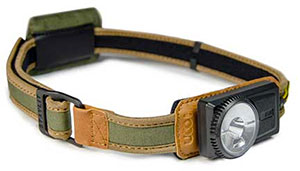We're going back to basics to celebrate the 10 Essentials, the classic list of what outdoor gear to bring into the backcountry. Every month in 2016 we're giving one Reviewer of the Month an incredible prize pack, worth more than $300, filled with examples of the 10 Essentials listed below.
The 10 Essentials list dates back to climbing courses run by The Mountaineers group in the 1930s. It made its print appearance in the third edition of Mountaineering: Freedom of the Hills in 1974 and has been referenced by outdoor enthusiasts ever since.
Much has changed in the past 80 years with outdoor equipment—the advent of internal frame packs, GPS receivers, waterproof-breathable shells—but the 10 Essentials endure.
And for good reason. Whether you choose a magnetic compass or a GPS receiver for Navigation (number 1 on the list), the 10 Essentials and its updated systems approach is designed to help you respond positively to an accident or emergency, and to safely spend a night—or more—out.
Here are the 10 Essentials we'll be giving away to each of our 12 monthly winners, along with timeless advice from Freedom of the Hills (FOTH):
| #1 | Navigation: Brunton TruArc 5 Compass |
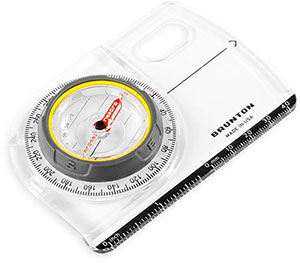 |
"Always carry a detailed topographic map...Always carry a compass." A map and compass top the list. Additional navigation tools can include a GPS receiver, altimeter, and route markers and descriptions. Our navigation prize, the Brunton TruArc 5 base plate compass, features map grid lines for quick orientation, a magnifier, and a TruArc Global Needle system ($20). |
| #2 | Sun Protection: Sawyer Stay-Put Sunscreen |
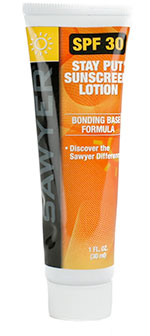 |
"Carry and use sunglasses, sunscreen for the lips and skin, and clothing for sun protection." Our sun protection prize, Sawyer Stay-Put Sunscreen 30 SPF (1 fl oz), will help protect skin from rays year-round. Shade your face with a breathable, wicking Trailspace Trail Runner Cap when things heat up. Also protect skin from biting bugs with Sawyer's Picaridin Insect Repellent (3 fl oz) and treat gear and clothing with Permethrin Premium Insect Repellent (12 fl oz) ($23.50, plus hat). |
| #3 | Insulation: Arc'teryx Rho LTW Neck Gaiter |
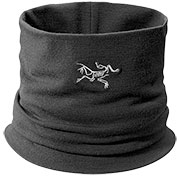 |
Carry "additional layers that would be needed to survive the long, inactive hours of an unplanned bivouac." Additional layers are ones you aren't already wearing while active and might include hats, balaclavas, socks, and puffy jackets. The lightweight, packable Arc'teryx Rho LTW Neck Gaiter is 95-percent Merino wool and keeps out snow and cold while trapping in your body heat ($39). We'll top things off with a Trailspace wool Ibex beanie. |
| #4 | Illumination: UCO A-120 Headlamp |
|
|
"Carry a headlamp or flashlight, just in case." That means even if you're planning to return to the car before dark. FOTH recommends spare batteries and bulbs too. The UCO A-120 headlamp features an infinitely adjustable dial to control its light level—up to 120 lumens—a red LED for night-vision mode, and an adjustable neoprene strap ($39.99). |
| #5 | First-Aid Supplies: Adventure Medical Kits |
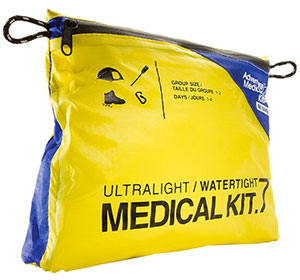 |
"Avoid injury or sickness in the first place." Beyond that, carry a first-aid kit and know how to use it. Supplies can include gauze pads, roller gauze, bandages, adhesive tape, scissors, cleansers, latex gloves, and paper and pencil. The Adventure Medical Kits Ultralight & Watertight .7 first aid kit comes in a lightweight, waterproof DryFlex bag with supplies for one to four people on trips of up to four days ($27). |
| #6 | Fire:UCO Matches & Light My Fire Tinder |
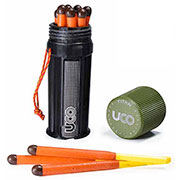 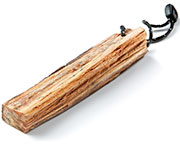 |
"Carry the means to start and sustain an emergency fire." Common fire starters include butane lighters and matches in a waterproof container. If there's no firewood where you'll travel, carry a stove. Be sure your fire-starting method is reliable—even in wet, cold, and windy conditions—and consider doubling up. The UCO Titan Stormproof Match Kit contains 12 matches and three replaceable strikers in a floating, waterproof case. Each four-inch, windproof/waterproof match burns for up to 25 seconds ($10). Light My Fire's Tinder-on-a-Rope works even when wet since its resin content (up to 80 percent) burns, not the fatwood ($5). You'll want to pair this with our next prize. |
| #7 | Repair Kit and Tools: Light My Fire & TheTentLab |
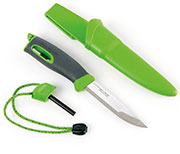 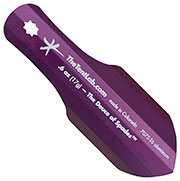 |
"Knives are so useful in first aid, food preparation, repairs, and climbing that every party member needs to carry one." In addition to knives and multi-tools, consider carrying duct tape, cable ties, needle and thread, safety pins, and other repair tools. The Swedish FireKnife, a collaboration between Light My Fire and Mora of Sweden, has a flexible and sturdy profile-grounded blade, plus a Swedish FireSteel fire starter in its handle ($39.99). The Deuce of Spades minimalist backpacking trowel from TheTentLab is a tool of another sort. It's made from aerospace grade aluminum, can be used right-side up or upside down, and weighs 17 grams ($20). |
| #8 | Nutrition: Good To-Go Meals |
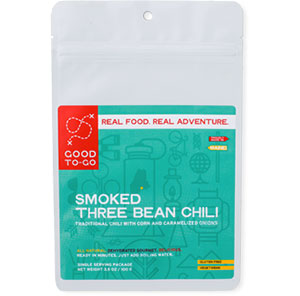 |
"A one-day supply of extra food is a reasonable emergency stockpile" for shorter trips. How much extra depends on your planned trip length, but bring extra that stores well even on a day hike. If you won't have a stove be sure your emergency food doesn't require one. A professional chef makes gourmet, dehydrated Good To-Go meals, like Thai Curry (3.4 oz) with vegetables, jasmine rice and spices, and the slow-cooked Smoked Three Bean Chili (3.5 oz) ($6.75 each). |
| #9 | Hydration: Potable Aqua Tablets |
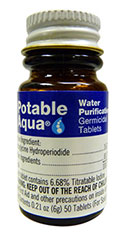 |
"Carry extra water and have the skills and tools required for obtaining and purifying additional water." Water consumption varies depending on temperature, altitude, and exertion. Always bring at least one bottle or collapsible container. Potable Aqua Chlorine Dioxide Water Purification Tablets are proven effective against bacteria, Giardia, Lamblia, Cryptosporidium, and viruses ($9.99). Potable Aqua Water Purification Tablets with P.A. Plus provide purified drinking water from any fresh water source, and PA Plus tablets remove iodine's taste and color ($9). |
| #10 | Emergency Shelter: Ultimate Survival Technologies |
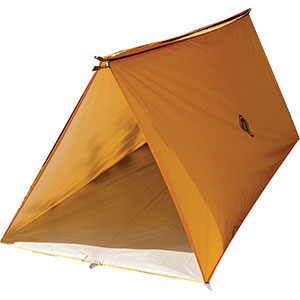 |
If not packing a tent, "carry some sort of extra shelter from rain and wind, such as a plastic tube tent or a jumbo plastic trash bag." Your potential shelter depends on the season and conditions, but even on a day hike or climb bring something, like an emergency blanket or bivy sack. The multi-use Ultimate Survival Technologies Tube Tarp 1.0 can be used as a ground cloth, all-weather tarp, or sleeping tent. Its aluminized side provides thermal insulation and reflectivity ($39.99). |
| #11 | Know-How: Mountaineers Books |
 |
Of course, all of this gear only helps if you have the appropriate know-how to use it. Consider signing up for courses on navigation, wilderness first aid, and other outdoor skills. And turn to trustworthy sources, like Mountaineering: The Freedom of the Hills (Mountaineers Books). Since its first edition in 1960, Freedom of the Hills has endured as a classic outdoors text. From choosing equipment to tying a knot, from basic rappelling to planning an expedition—you'll find it in this essential reference ($30). |
Do your 10 Essentials differ from what's above? The specific equipment you choose will depend on personal preferences, the season, weather conditions, terrain, activities, and other factors.
For more on the 10 Essentials visit How To: Packing the Ten Essentials by The Mountaineers.
Write a review of your essential gear (you could become a Reviewer of the Month), or tell us about it below.

 by Alicia MacLeay
by Alicia MacLeay
